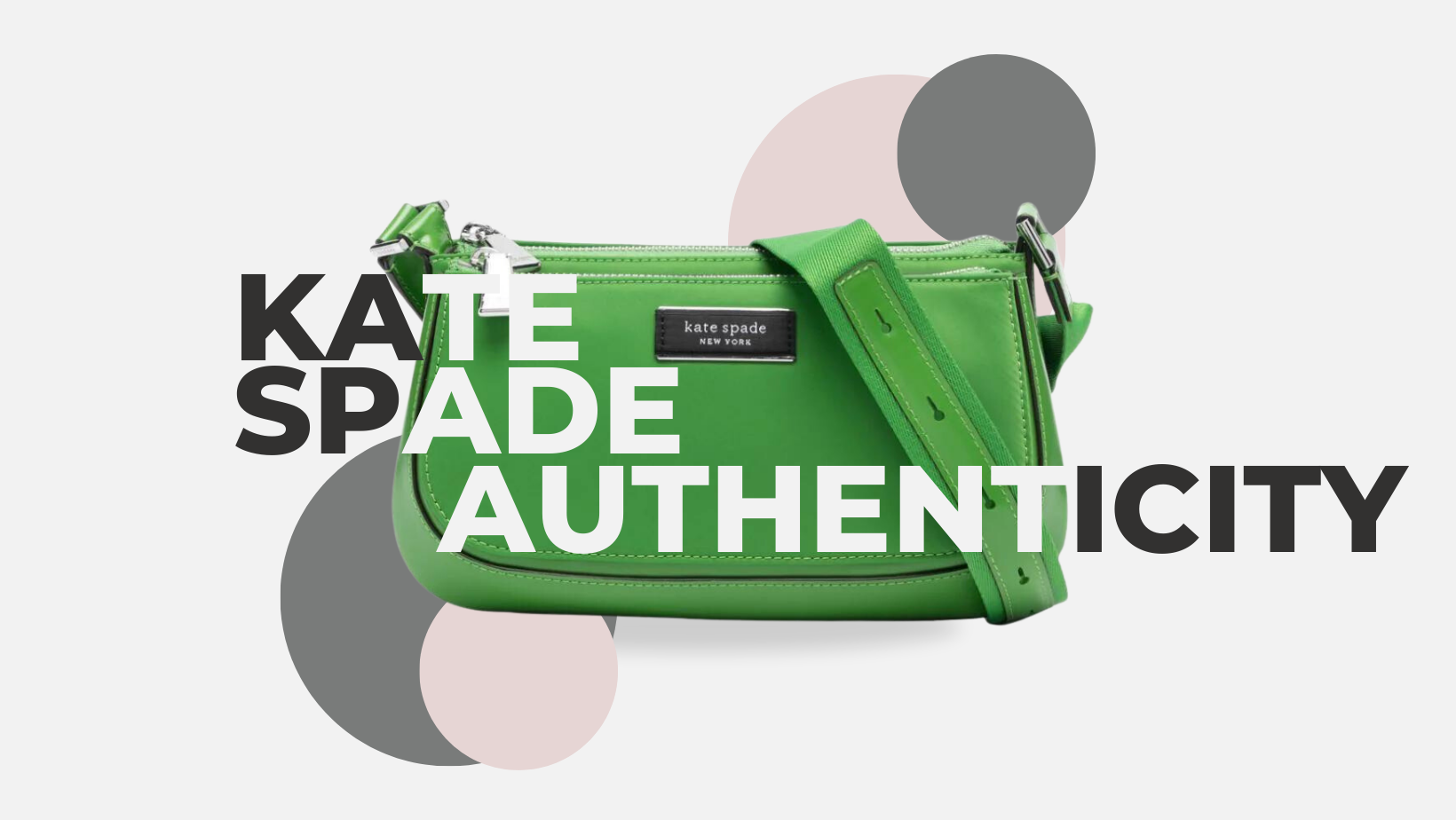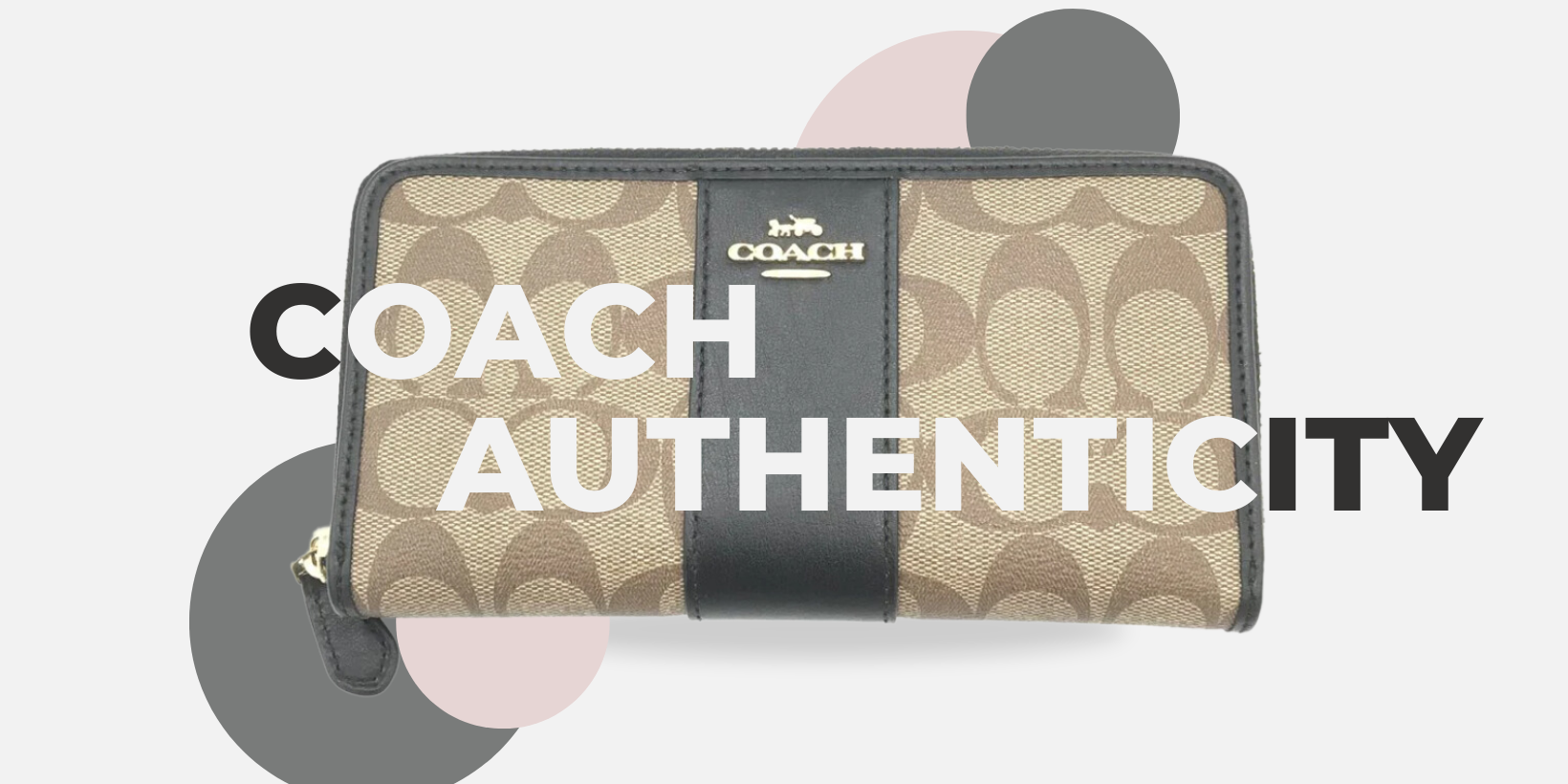Kate Spade Handbags Authenticity
Kate Spade, a name synonymous with chic and sophisticated style, has carved a special place in the fashion world. Founded by Kate and Andy Spade in 1993, the brand has become a beloved icon, renowned for its playful yet elegant designs. Kate Spade's vision was to create a collection that embodied modern femininity, with a touch of whimsy and a focus on practicality. From its humble beginnings as a handbag line, the brand has grown to encompass a wide range of accessories, clothing, and home decor, all infused with the signature Kate Spade charm.
In recognition of its exceptional design and innovation, Kate Spade has received numerous awards. The brand's commitment to craftsmanship and attention to detail has earned it prestigious honors, including the CFDA (Council of Fashion Designers of America) Accessories Designer of the Year Award. This recognition further solidifies Kate Spade's position as a leader in the industry, known for its ability to capture the essence of contemporary style while maintaining a sense of timeless elegance.
While the allure of owning a Kate Spade handbag is undeniable, it is essential to ensure the authenticity of these coveted pieces. With the rise of counterfeit pieces in the market, it becomes crucial for fashion enthusiasts and buyers to have the knowledge and tools to authenticate their Kate Spade handbags.
In this comprehensive article, we will delve into the intricacies of Kate Spade handbag authenticity, empowering you to confidently distinguish genuine pieces from counterfeit replicas. Let's embark on a journey of discovery, exploring the brand's rich history, its award-winning designs, and the key factors to consider when authenticating a Kate Spade handbag.
Logo and Branding
The Kate Spade logo and branding have undergone notable changes over the years.
In the original logo introduced in 1993, the brand showcased a tiny black shaded spade placed above or below the name "Kate Spade." The logo featured an elegant serif typeface with lowercase letters, including the founder's name and the writing "New York" in capitalized letters. The traditional proportions and subtle details, such as the varying width of the "k" and the small and narrow "s," added a distinct touch to the logo.
In 2019, Kate Spade unveiled an updated logo while retaining the spade emblem as a central element. The new logo featured a larger spade with a slightly different shape, characterized by a more rounded "leg." The spade emblem was created using tonal enamel, often available in various shades and accented with gold detailing. The brand introduced a pink background color for the tag sewn on their clothes, replacing the iconic green background. This shift from green to pink further enhanced the feminine and playful aesthetic of the brand.
When examining a Kate Spade handbag, look for consistency with the specific logo design and color palette associated with the corresponding era. Genuine Kate Spade handbags will reflect the brand's official logo, including the correct shape and proportions of the spade emblem, the use of enamel and gold detailing, and adherence to the designated background color for tags and dust bags.
Hardware
When examining the hardware on a Kate Spade handbag, there are specific details to look for that can aid in authenticating the bag.
First, it's important to note that most Kate Spade handbags do not have bag feet at the bottom. However, for certain bag styles that do feature feet, they are typically small and positioned at the four corners of the base. These feet are often circular or flat in shape, and they should not have a triangular or cone-like appearance. It's worth noting that big, pointy metal studs or feet wider than the size of a dime are indicators that the handbag is not authentic. These oversized or mismatched hardware elements are not characteristic of genuine Kate Spade handbags.
In addition to the absence of bag feet, the rest of the hardware on a genuine Kate Spade handbag should be consistent with the brand's standards. The hardware, such as zippers, clasps, and other metal accents, should be either in gold or silver tones, depending on the specific design. It's important to note that the hardware should not tarnish or rust, as Kate Spade emphasizes high-quality materials and craftsmanship.
Stitching
Precision stitching lies at the heart of Kate Spade's commitment to quality. Utilizing advanced sewing machines, each stitch is meticulously crafted with precision, resulting in a consistent and uniform appearance across the piece. When authenticating a Kate Spade handbag, it is crucial to pay attention to specific stitching details.
Firstly, examine the tightness of the stitches. Authentic Kate Spade pieces exhibit tight and even stitching, demonstrating the brand's dedication to meticulous craftsmanship. Loose or uneven stitches may indicate a counterfeit piece. Another aspect to consider is the thread color. Genuine Kate Spade handbags feature stitching that perfectly matches the color of the material. Inconsistent or mismatched thread colors can be red flags for inauthentic pieces.
In addition, flawless alignment of stitching is an important characteristic to look for. Authentic Kate Spade handbags showcase precise alignment in their stitching, with seams and edges seamlessly merging. Any irregularities or misalignments may suggest a counterfeit piece.
Leather and Canvas
Kate Spade handbags showcase a wide range of luxurious leathers, such as calfskin, lambskin, and python, reflecting their commitment to premium materials. Authentic Kate Spade leather is pristine, devoid of any unsightly scratches or blemishes. The grain should flow seamlessly and consistently across the entire piece, with a finish that can vary from glossy to matte, perfectly complementing the unique aesthetic of each collection.
In addition to leather, canvas plays a significant role in Kate Spade's iconic creations, particularly in their bags, accessories, and shoes. When verifying the authenticity of Kate Spade canvas pieces, durability is a key factor—no cracks or signs of damage should be present. Furthermore, the design pattern should exhibit consistency and uniformity throughout the entire piece, showcasing Kate Spade's meticulous attention to detail.
Label
Authentic Kate Spade handbags feature specific labels that can aid in their authentication. Firstly, a label indicating the country of origin will be sewn into the bag's interior. This label provides valuable information about where the bag was manufactured.
Additionally, there will be a label sewn onto the front of the bag. For bags produced after the year 2000, the label will typically read "Kate Spade New York," unless it belongs to a special collection. In such cases, the label may feature additional text, such as "Decade" or "Maira Kalman," indicating the specific collection to which the bag belongs.
It is crucial to note that the absence of these labels or the presence of incorrect labeling can be indicative of a counterfeit Kate Spade handbag.
Tags and Serial Numbers
One key aspect of authenticating a Kate Spade handbag is the presence of a unique serial number. Genuine Kate Spade pieces will typically have a serial number that serves as evidence of their authenticity. It is important to ensure that the serial number on the handbag is distinct and matches the number on the retail tag. This serial number is usually located on a square patch of leather known as the credo patch.
In addition to the serial number, there are other tags and cards that can help authenticate a Kate Spade handbag. The retail card should provide information about the bag style, including the style number in small letters and a barcode.
Furthermore, the Country-of-Origin tag is another important indicator of authenticity. This tag is usually found in the bag's interior seam pocket and specifies the country where the bag was manufactured. Genuine Kate Spade bags have been produced in countries such as the USA, Italy, China, Taiwan, Dominican Republic, Indonesia, Vietnam, Rwanda, and the Philippines.
In a market where counterfeit pieces abound; it is crucial to have the knowledge and tools to authenticate Kate Spade handbags. We have explored the intricate details that define the authenticity of these coveted pieces, empowering you to confidently distinguish genuine pieces from counterfeit replicas. Armed with this understanding, you can embark on your Kate Spade journey with the assurance of owning an authentic piece of fashion excellence.
With Kate Spade, authenticity is not only about possessing a fashionable accessory but also about embracing a legacy of quality, style, and innovation. Let your genuine Kate Spade handbag become a symbol of your discerning taste and appreciation for true craftsmanship.





